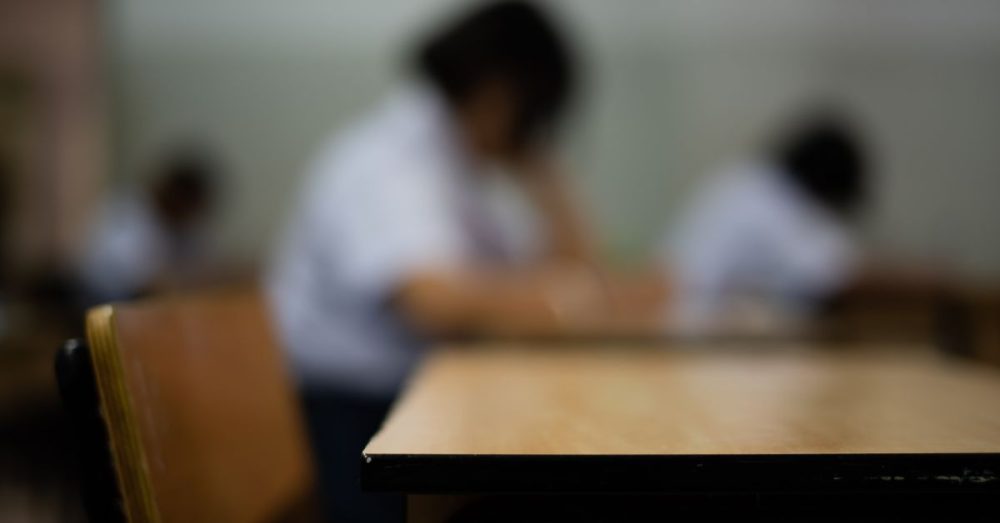A new analysis reveals a troubling trend in Texas schools: one in five students was classified as chronically absent during the 2022-2023 school year.
According to the study, students who miss at least 10% of the school year are considered chronically absent. The analysis, conducted by the Associated Press in collaboration with Stanford University economist Thomas Dee, highlights a growing nationwide issue with school attendance.
In a slight improvement from the previous year, the rate of chronic absenteeism in Texas dropped from over 25% to about 20%, reflecting one of the largest declines across the country. However, this figure still represents a significant increase from the pre-COVID lockdown rate of 11%, reported The Dallas Morning News.
The closure of schools during the pandemic may have altered the way parents and children view school attendance, at least according to Angela Daniels, a student engagement administrator at Garland ISD.
“There’s a shift in the mindset about school,” Daniels said, per DMN. “Parents have also adjusted their mindset in that if you’re having a mental health day, or you don’t feel well, or you don’t want to go to school today, it’s OK.”
Students also miss class for other reasons, such as financial hardship, transportation issues, and illness.
Chronic absenteeism is linked to higher risks of illiteracy and dropping out. Absentee students also miss out on vital services such as meals and school counseling.
Districts such as Irving ISD have adopted innovative strategies to combat absenteeism. The district now sends out regular progress reports that include not only academic performance but also attendance data. When students reach certain thresholds of absenteeism, parents receive personalized cards encouraging them to address the issue.
Schools have increasingly turned to technology to improve communication with parents.
Irving ISD implemented a system that sends automatic text messages in multiple languages to alert parents about their child’s absences. This approach aims to address language barriers and promote better engagement with non-English speaking families, according to DMN.
Garland ISD has also been proactive, using federal taxpayer money stemming from COVID relief to bolster its team of retention specialists who make home visits to address absenteeism issues. However, as these funds expire, the district faces challenges in maintaining these efforts.
Texas schools receive taxpayer money based on average daily attendance, making absenteeism particularly costly.
This system means that chronic absenteeism affects not only the students who miss school but also the financial resources available to all students in a district.
Dallas ISD, for instance, reported a chronic absenteeism rate of nearly 28% for the 2021-2022 school year. The troubled district has been struggling for years, with only 41% of its students scoring at grade level on their STAAR exams that term. Additionally, almost 20% of the graduating Class of 2022 failed to earn a diploma in four years despite the hard work of the system’s dedicated teachers.
Education advocates and some lawmakers have pushed for changes to the funding formula, advocating for funding based on enrollment rather than attendance. As Texas schools continue to grapple with these issues, schools across the state are implementing various new strategies to address the root causes of absenteeism.
These changes include addressing transportation challenges for families, providing mental health support, and working closely with families to ensure students have the necessary resources to attend school regularly.


